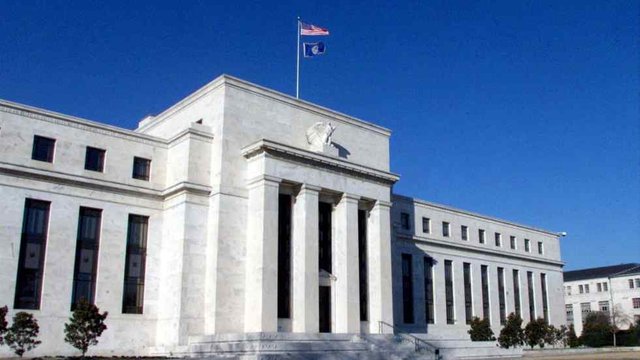Federal Reserve launches real-time payments system in first big upgrade since 1970s
Federal Reserve Introduces FedNow, a Major Advancement in US Payments System

The Federal Reserve has unveiled FedNow, a cutting-edge real-time payments system, marking a significant leap forward for the outdated US money transfer network. This new system will allow Americans to transfer money electronically within seconds, revolutionizing the country's current payment landscape, where paper checks and cash remain popular, and traditional bank transfers can take days to complete. FedNow represents the first government-backed US payments system or "rail" introduced since the inception of the Automated Clearing House network in the 1970s.
In a statement on Thursday, Fed chair Jay Powell expressed his belief that this service would make everyday payments faster and more convenient for individuals and businesses in the coming years. He highlighted the potential benefits, such as enabling individuals to receive their paychecks instantly and granting companies immediate access to funds when invoices are paid.
The absence of a widespread real-time payments system has made the US an international outlier. Many countries around the world, from the Bank of England's Faster Payments System to India's Unified Payments Interface and Brazil's Pix, have already established instantaneous networks. Some critics have criticized the delay in implementing FedNow, labeling it as "FedYesterday."
FedNow has been under development since 2019 and allows for instant transfers of up to $500,000. While this amount is considerably lower than the average transaction size of approximately $5 million on the Fed's primary money transfer service, Fedwire, which is used by banks, companies, and government agencies, it still marks a significant improvement.
Currently, only a small fraction of the more than 4,000 banks in the US have enrolled in FedNow, including major lenders like JPMorgan Chase and Wells Fargo, as well as service providers Fiserv and Jack Henry. However, the Federal Reserve aims to significantly increase the number of participating institutions over time.
Industry executives anticipate that the initial adoption of FedNow may be slow due to limitations on transfer size and the limited network of financial institutions. Nevertheless, they see potential for FedNow to be used as an alternative to checks and cash, as well as for insurance payouts and household bills.
Despite the possibilities brought by FedNow, it is not expected to immediately threaten the dominance of US credit card companies. While interchange fees from credit card transactions can be expensive for merchants, American shoppers are fond of rewards programs and are accustomed to the existing anti-fraud systems. The behavior around credit cards is deeply ingrained in US culture, making it challenging for new payment systems to disrupt the market.
The primary payment rail in the US remains the ACH network, which processed more than $90 trillion in non-cash payments in 2021. Consumer habits in payments are resilient, and despite criticism of its inefficiencies, the ACH network has managed to function effectively for decades with robust safeguards against fraud and misuse.
Do you know a 19 year old boy earning $10k+ per month online as a passive income. Click Here Know :- tinyurl DOT com/5xf9hv4r ( copy and post the link in Google and Remove DOT with actual (.))